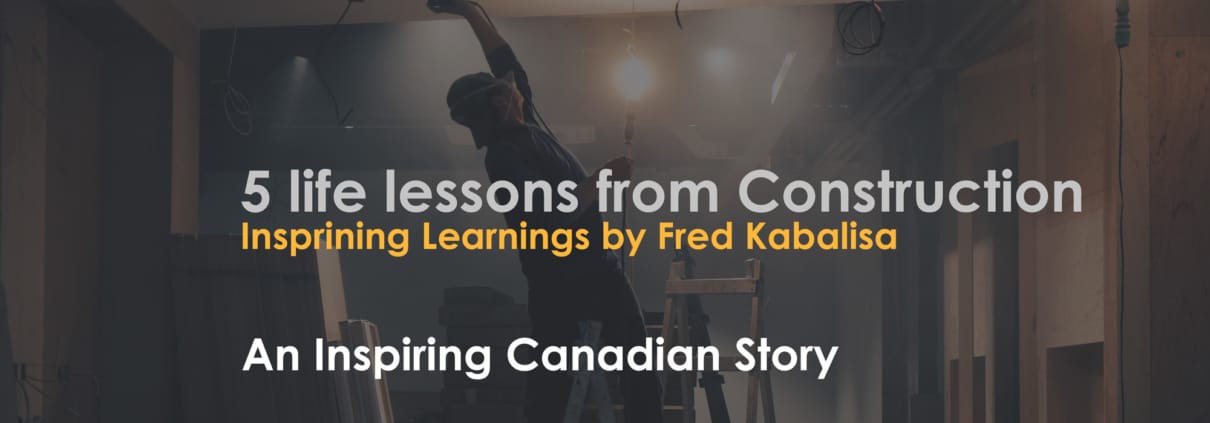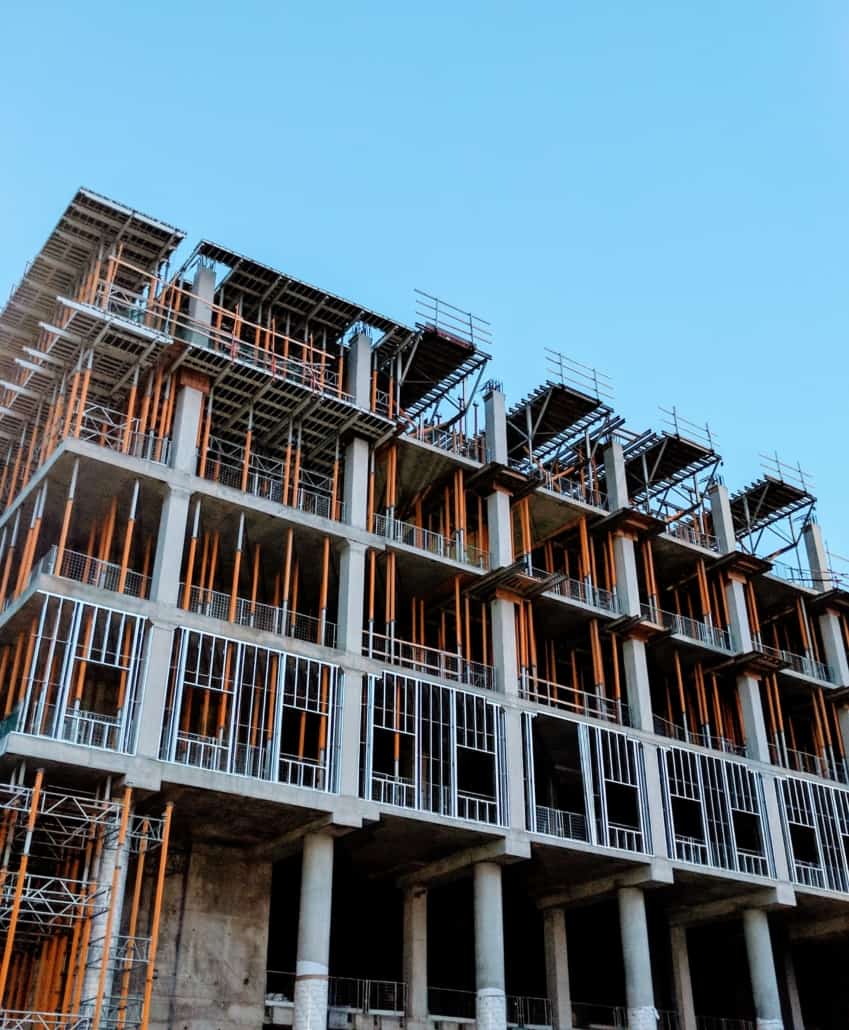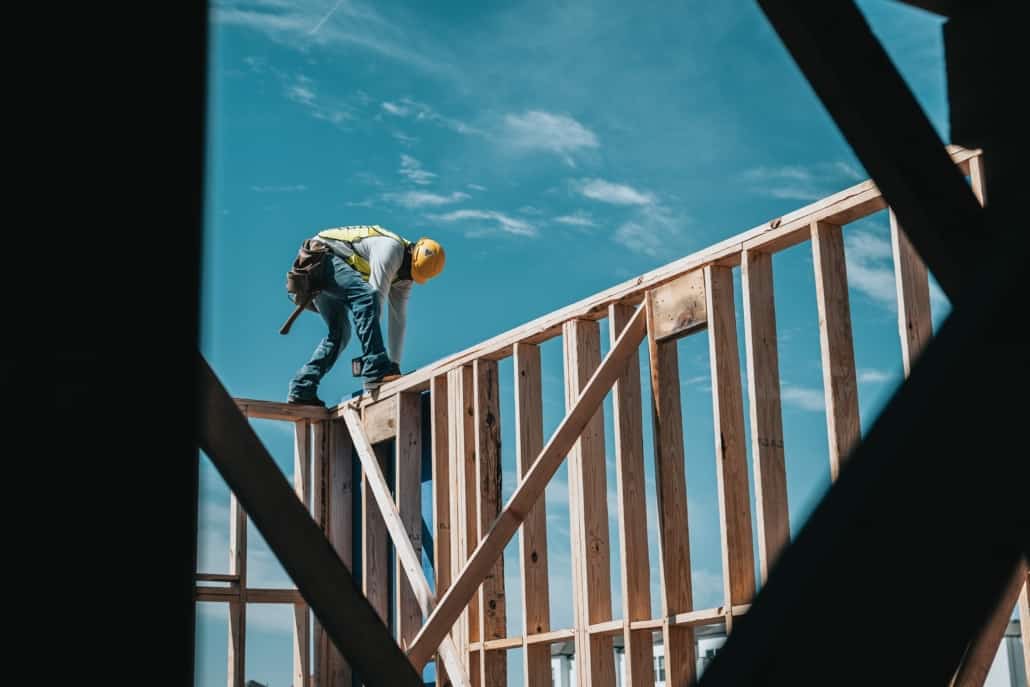
- Having a clear vision and purpose is essential for inspiring others to follow you and support your goals. A clear vision and purpose provides direction and motivation, and helps others understand why you are doing what you are doing. It also helps you stay focused and motivated, and provides a sense of meaning and fulfillment.To develop a clear vision and purpose, you need to take the time to reflect on your values and what you want to achieve. This might involve asking yourself questions such as:
- What are my values and beliefs?
- What is important to me?
- What do I want to achieve in my life and career?
- What impact do I want to have on the world?
Once you have a clear understanding of your values and what you want to achieve, you can develop a vision and purpose statement that captures the essence of your goals and aspirations. This statement should be clear, concise, and compelling, and should provide direction and motivation for yourself and others.
Once you have a clear vision and purpose, you can share it with others to inspire them to join you on your journey. You can share your vision and purpose through your marketing and communications efforts, as well as through your interactions with others. By sharing your vision and purpose, you can inspire others to believe in your message and follow your lead.
- Being passionate and enthusiastic is an important way to inspire others to get excited about your ideas and projects. When you are passionate and enthusiastic about what you do, others can feel your energy and excitement, and it can motivate them to take action and get involved. Passion and enthusiasm are contagious, and they can help you connect with others and inspire them to believe in your message and follow your lead.To be passionate and enthusiastic, you need to have a deep love and commitment for what you do. This means having a clear understanding of your values and what you want to achieve, and being driven by a sense of purpose and meaning. When you are passionate and enthusiastic about what you do, it shows in your words and actions, and others can feel your energy and excitement.
To show your passion and enthusiasm, you need to be authentic and transparent. This means being open and honest about your experiences, challenges, and successes, and sharing your passion and excitement with others. You can show your passion and enthusiasm through your body language, tone of voice, and the way you communicate with others. By being passionate and enthusiastic, you can inspire others to get excited about your ideas and projects, and motivate them to take action and get involved.
- Being authentic and transparent is an important way to inspire others to trust you and believe in your message. When you are authentic and transparent, you show others that you are genuine and real, and that you have nothing to hide. This can build trust and credibility, and inspire others to believe in your message and follow your lead.To be authentic and transparent, you need to be genuine and honest in your words and actions. This means being open and honest about your experiences, challenges, and successes, and sharing your thoughts and feelings with others. Being authentic and transparent means being vulnerable and showing your true self, even if it means exposing your weaknesses and vulnerabilities.
To show your authenticity and transparency, you need to be consistent in your words and actions. This means being true to your values and beliefs, and being consistent in the way you communicate and interact with others. By being authentic and transparent, you can inspire others to trust you and believe in your message, and motivate them to follow your lead.
- Being positive and optimistic is an important way to inspire others to see the best in themselves and the world around them. A positive and optimistic attitude can be contagious, and it can help others see the opportunities and possibilities instead of the challenges and obstacles. When you are positive and optimistic, you can inspire others to stay motivated and hopeful, even when they face setbacks and challenges.To be positive and optimistic, you need to have a mindset that focuses on the good things in your life and the world around you. This means looking for the silver lining in every situation, and choosing to see the glass as half full instead of half empty. Being positive and optimistic means having a positive outlook, and believing that things will work out for the best.
To show your positivity and optimism, you need to be consistent in your words and actions. This means staying positive and optimistic, even when things don’t go as planned. By being positive and optimistic, you can inspire others to see the good in themselves and the world around them, and help them stay motivated and hopeful.
- Being persistent and resilient is an important way to inspire others to persevere and overcome obstacles. Life is full of challenges, and it’s easy to get discouraged and give up. But when you are persistent and resilient, you show others that you are willing to keep going, even when things get tough. This can inspire others to do the same, and help them stay focused and motivated, even when they face setbacks and challenges.To be persistent and resilient, you need to have a mindset that focuses on the long term, and is not easily discouraged by setbacks and challenges. This means being willing to put in the hard work and effort, and staying focused and determined, even when things don’t go as planned. Being persistent and resilient means having the courage to keep going, and the determination to never give up.
To show your persistence and resilience, you need to be consistent in your words and actions. This means staying focused and determined, even when things get tough, and continuing to push forward and pursue your goals. By being persistent and resilient, you can inspire others to persevere and overcome obstacles, and help them stay focused and motivated.




